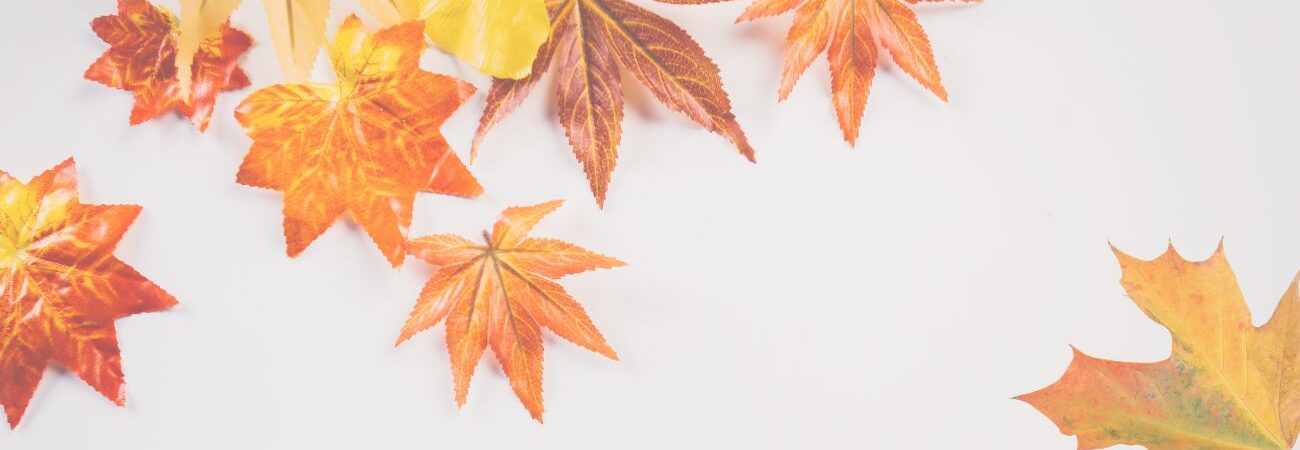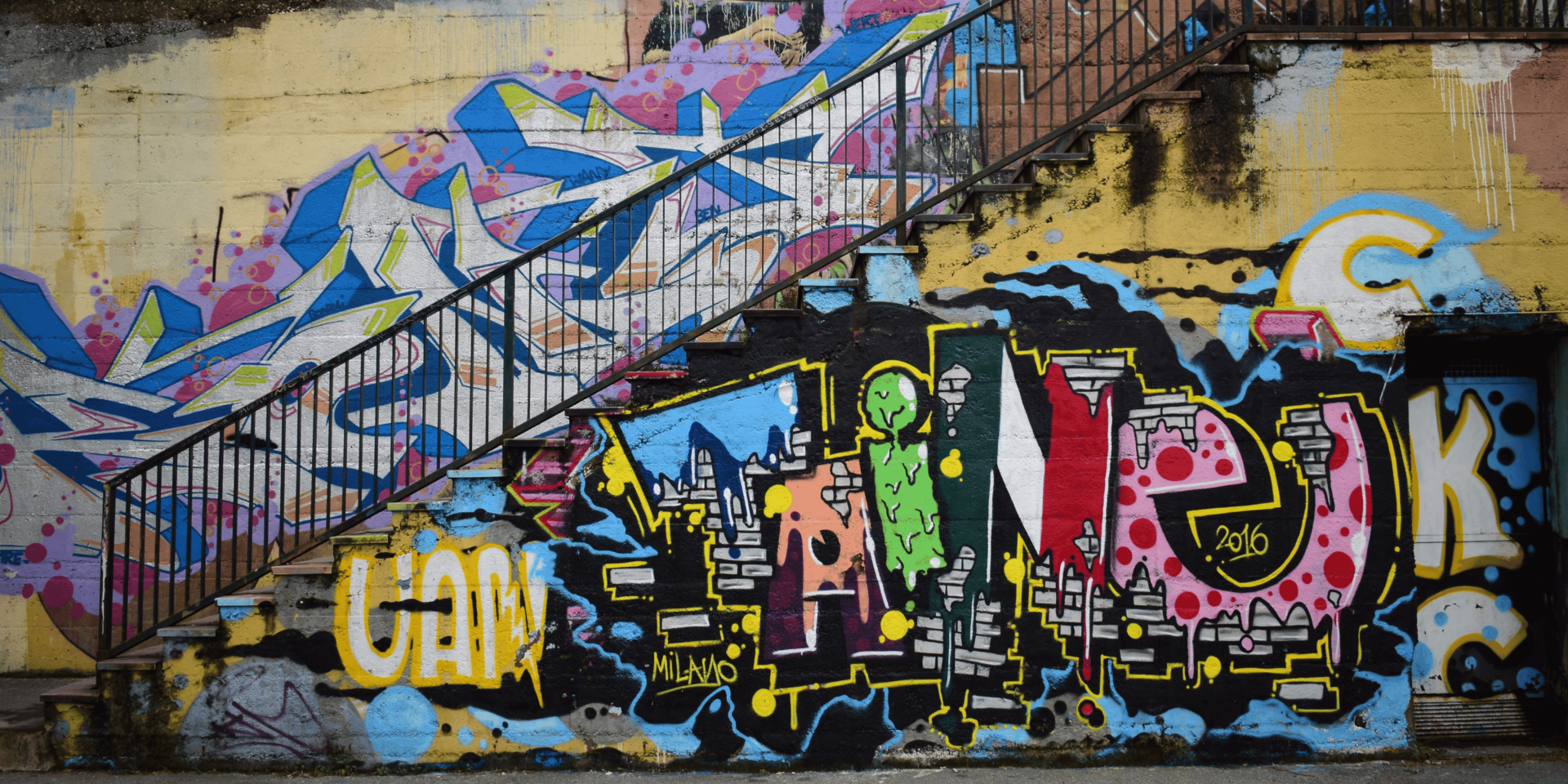Vancouver’s street art doesn’t shout from billboards or monuments. Instead, it lives in the quieter corners—behind coffee shops, beneath overpasses, and inside laneways. These hidden spaces hold some of the city’s most expressive work. For photographers and urban explorers, they offer raw creativity framed by concrete and brick.
Why Street Art Thrives in Unexpected Places
The city’s back alleys provide a kind of blank canvas. They sit outside traditional galleries, making space for public voices that don’t follow rules. Street artists use these surfaces to share ideas, spark conversations, and challenge the pace of daily life. In these tucked-away areas, art meets reality without filters.
Color and Contrast Shape Vancouver’s Urban Aesthetic
Vancouver’s street art stands out because of its contrast with the city around it. Clean glass towers rise only blocks away from aging alley walls coated in layers of paint. This visual tension creates opportunities for storytelling through the lens. Bold colors, gritty textures, and strong lines give depth and movement to still images.
The Role of the City in Supporting Urban Art
Vancouver has made room for legal and semi-legal mural projects. Community organizations and local artists work with property owners to turn dull walls into vibrant expressions. This support has transformed once-ignored neighborhoods into open-air galleries. It has also shifted how people interact with public space, giving viewers permission to slow down and look closer.
A Realistic Scenario: Discovering a New Mural
Imagine walking through Mount Pleasant on a rainy afternoon. The alley is damp, the sky low. Then a splash of color appears on the wall ahead—a mural stretching across several buildings. The artwork pulls you in, so you step back, adjust your camera, and wait for a break in the drizzle. A cyclist passes through the frame. You take the shot.
That moment holds more than color. It captures movement, environment, and emotion. It shows how street art adds life to the city’s gray edges and how even the most hidden walls carry weight.
Street Art as a Reflection of Vancouver’s Identity
The art in Vancouver’s alleys often speaks to identity—both individual and collective. Indigenous motifs, climate messages, and cultural pride appear across walls. This work speaks directly to the people who live here. It adds local texture that polished architecture can’t match. Through murals, the city tells truths that don’t fit inside museums.
Timing and Light Change the Art’s Impact
Street art looks different depending on the time of day and the season. Harsh midday light can flatten colors, while early morning shadows bring out texture. Overcast skies soften contrasts, helping murals blend into their surroundings. Photographers who return to the same wall at different times often find something new each visit.
Choosing Angles That Tell a Story
Where you stand matters as much as what you shoot. Wide angles can show how a mural fits within its surroundings—parked cars, dumpsters, tangled wires. Closer shots bring out details: brush strokes, drips, texture. Changing your angle shifts the viewer’s focus, turning a simple wall into a layered visual story.
Street Art Photography Requires Respect
Capturing street art means more than clicking the shutter. It means respecting the work and the space. Don’t move things or climb for a better shot if it risks damaging the wall. Be aware of the neighborhood and people living nearby. Art in public doesn’t mean it’s free to exploit.
Post-Processing That Honors the Art
Editing street art photos should enhance, not overpower. Adjusting brightness or cropping distractions is fine, but avoid changing the artwork’s original colors or altering the message. The goal is to show the piece as it exists in real space, not create a new version of it. Keep the focus on the mural, not on effects.
Why Documenting Street Art Matters
Street art is often temporary. Walls get painted over. Buildings come down. Documenting these works helps preserve moments that may not last. Photography turns fragile, fleeting art into something shareable and lasting. Each image becomes part of the city’s cultural memory.
Finding Vancouver’s Voice in Its Painted Walls
Vancouver’s street art turns alleys into galleries and blank walls into statements. For anyone willing to explore beyond the main roads, the city offers color, depth, and meaning tucked between the everyday. Photographing this art takes time, awareness, and a willingness to look deeper. In doing so, you capture more than paint on a wall. You capture the voice of the city itself.

